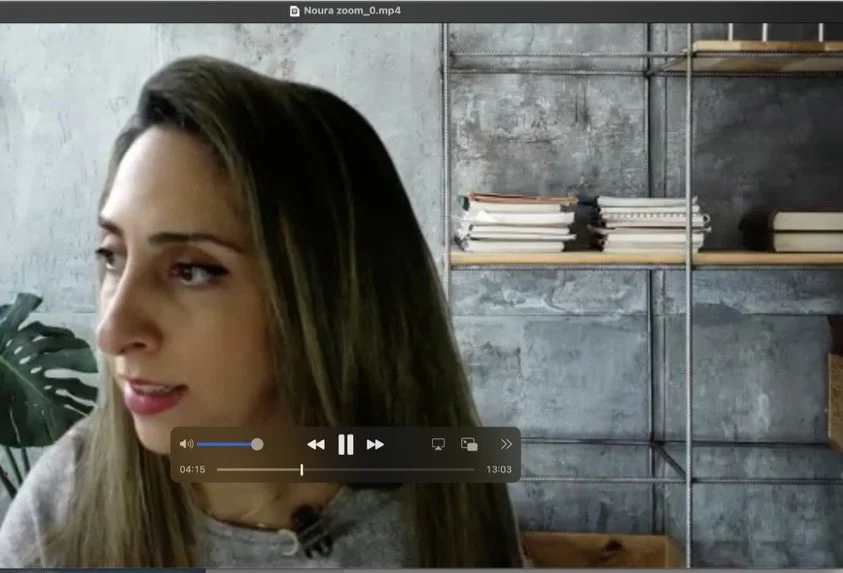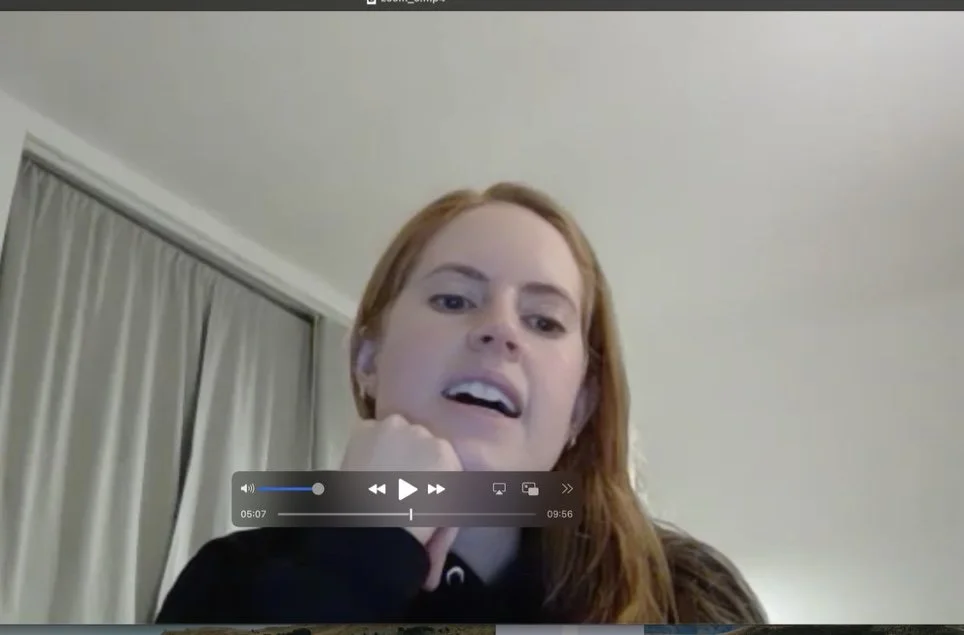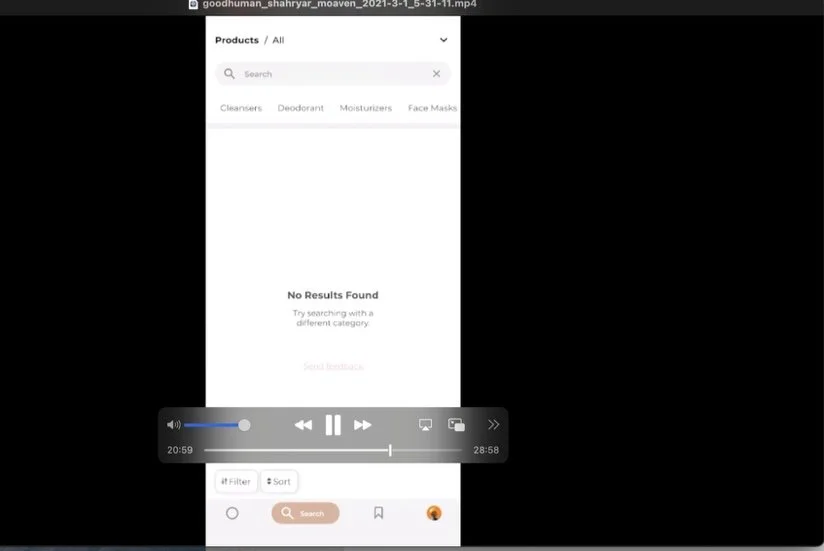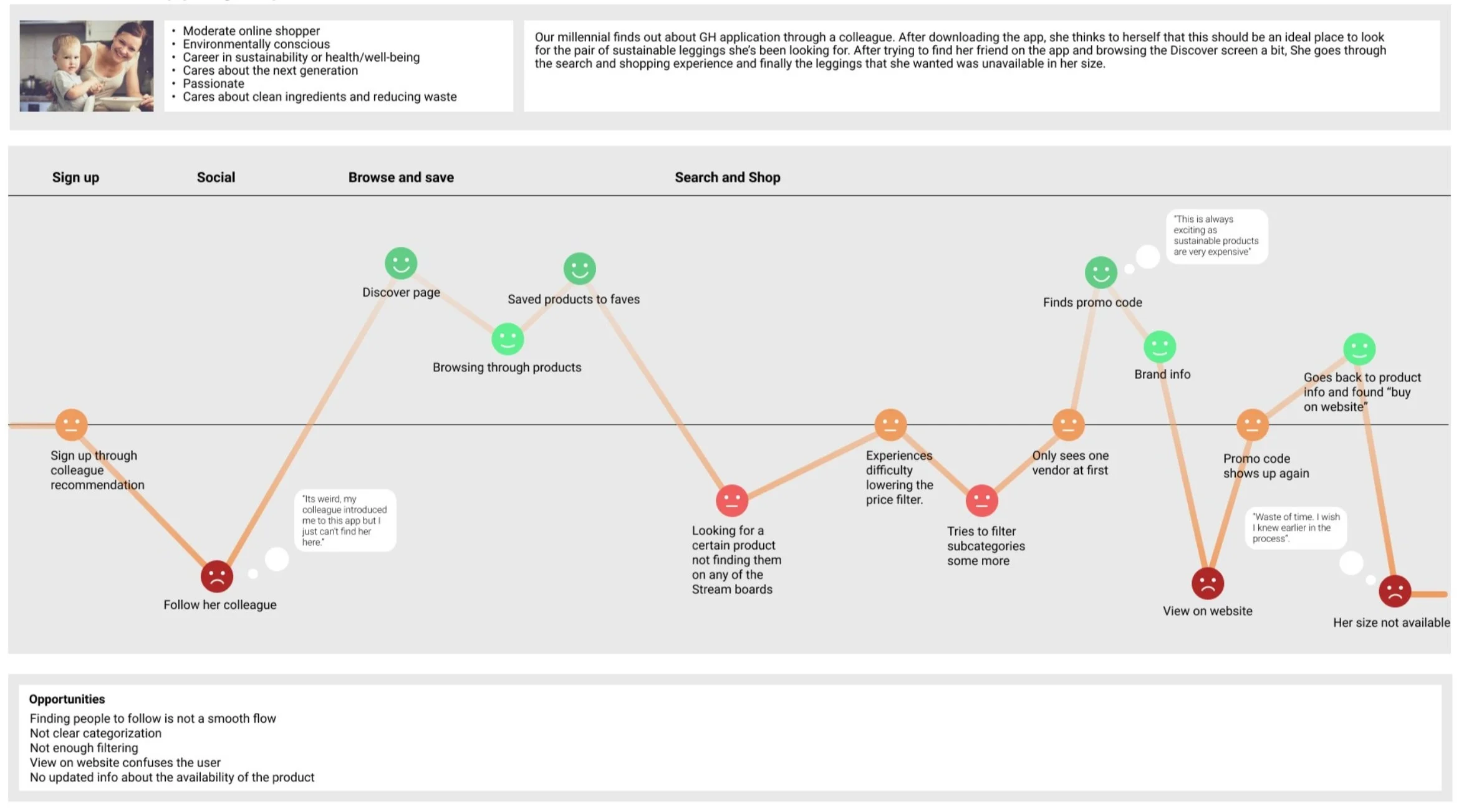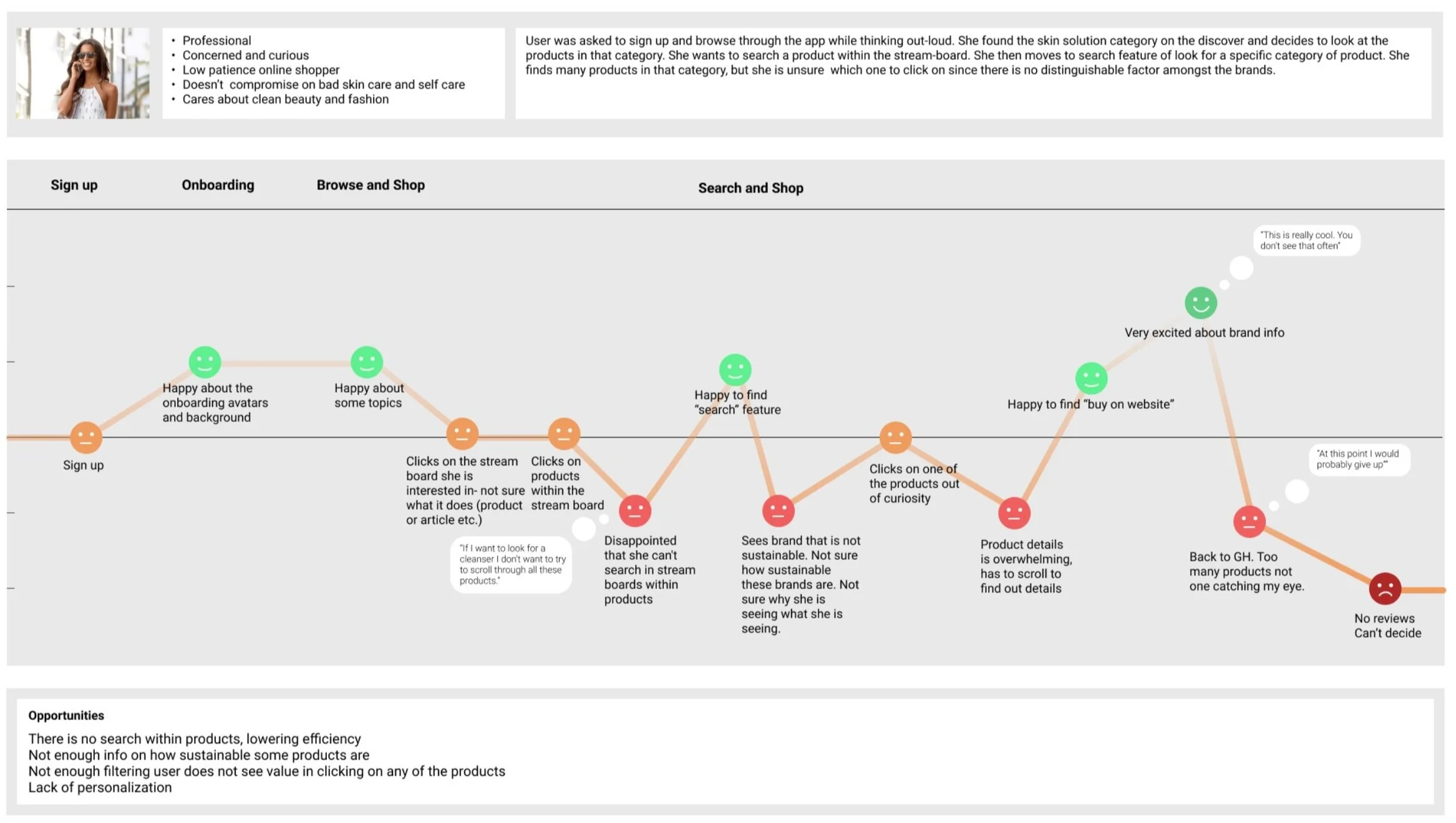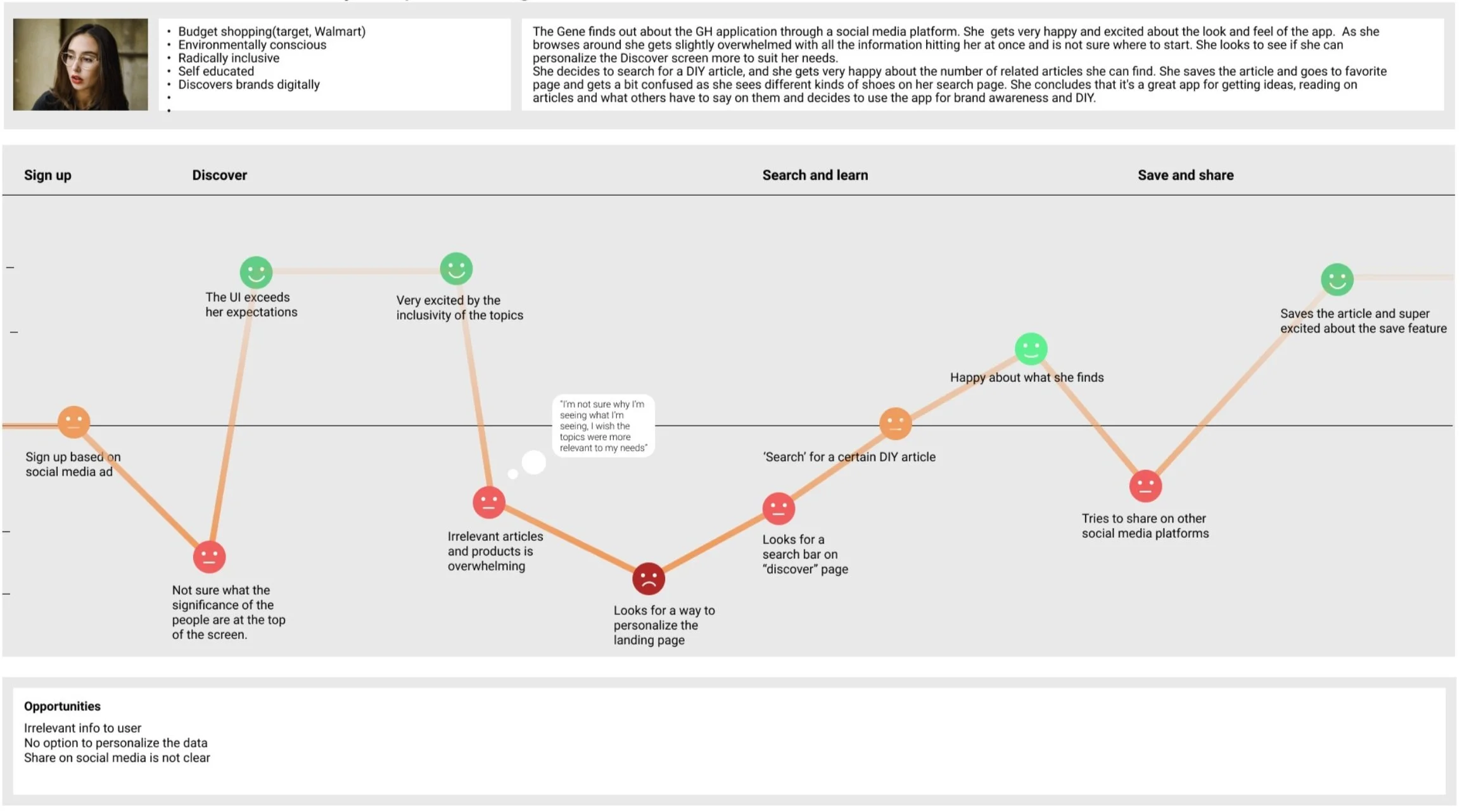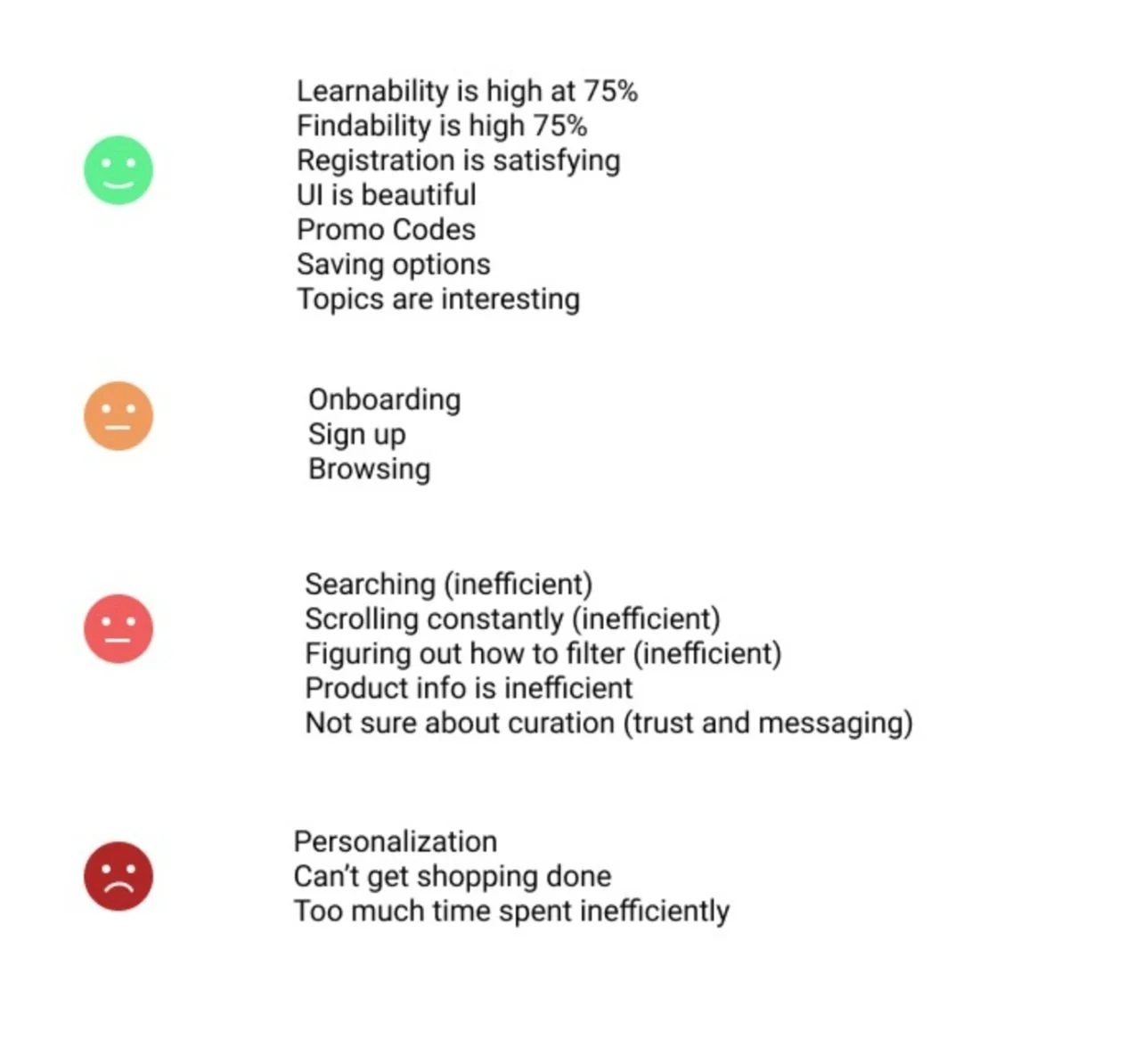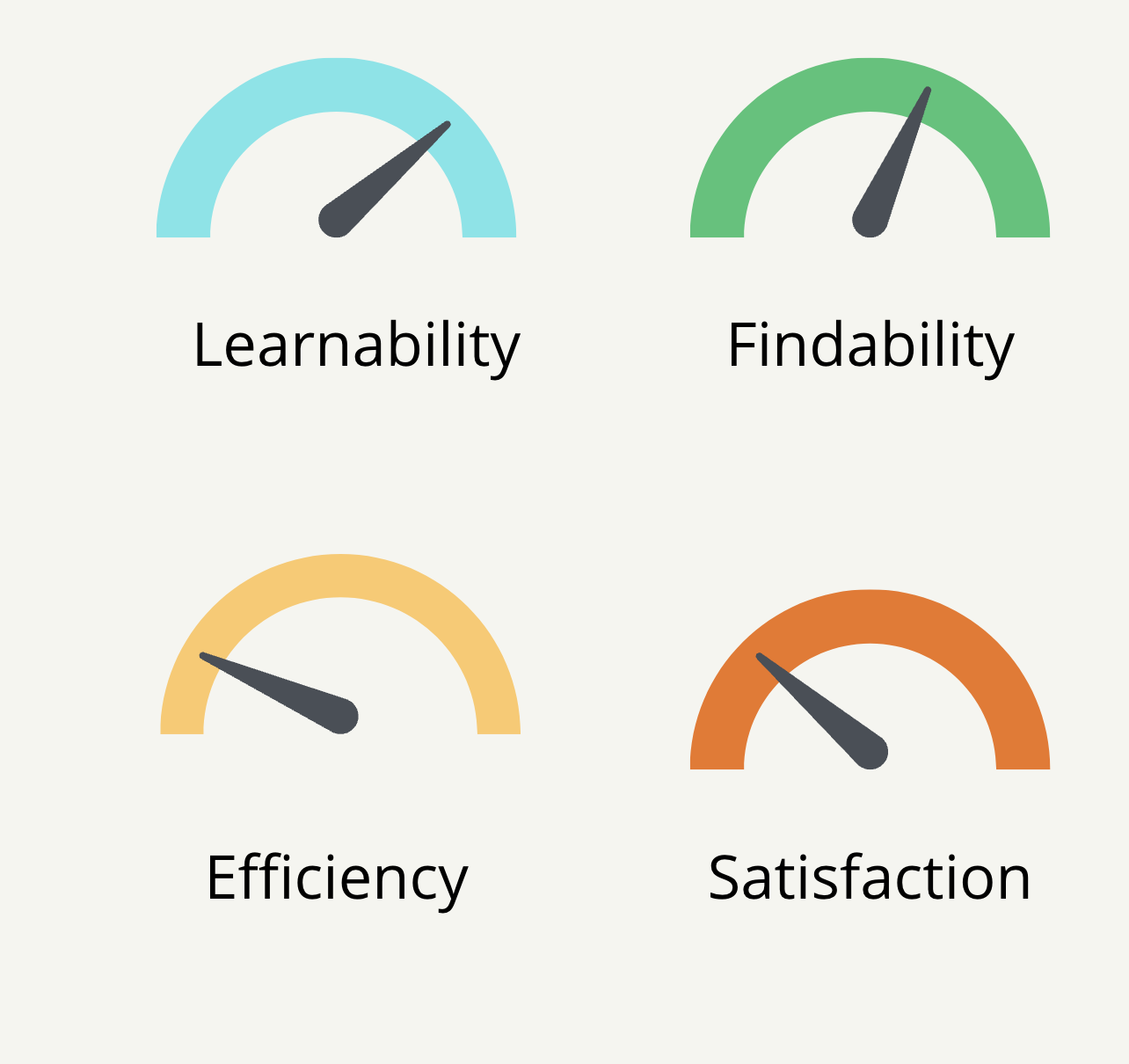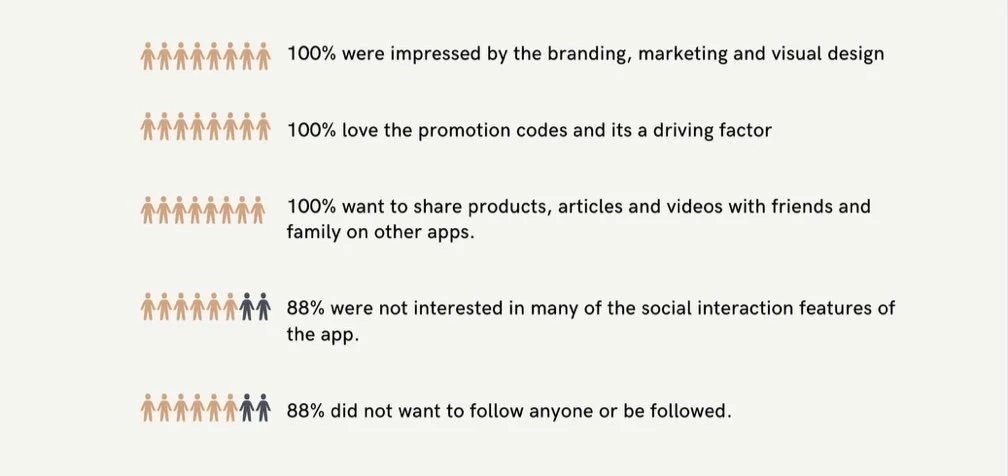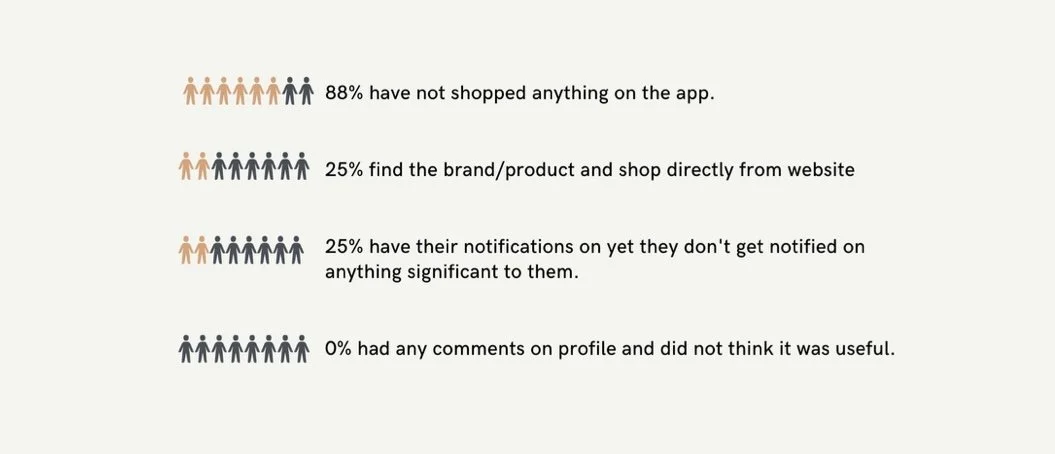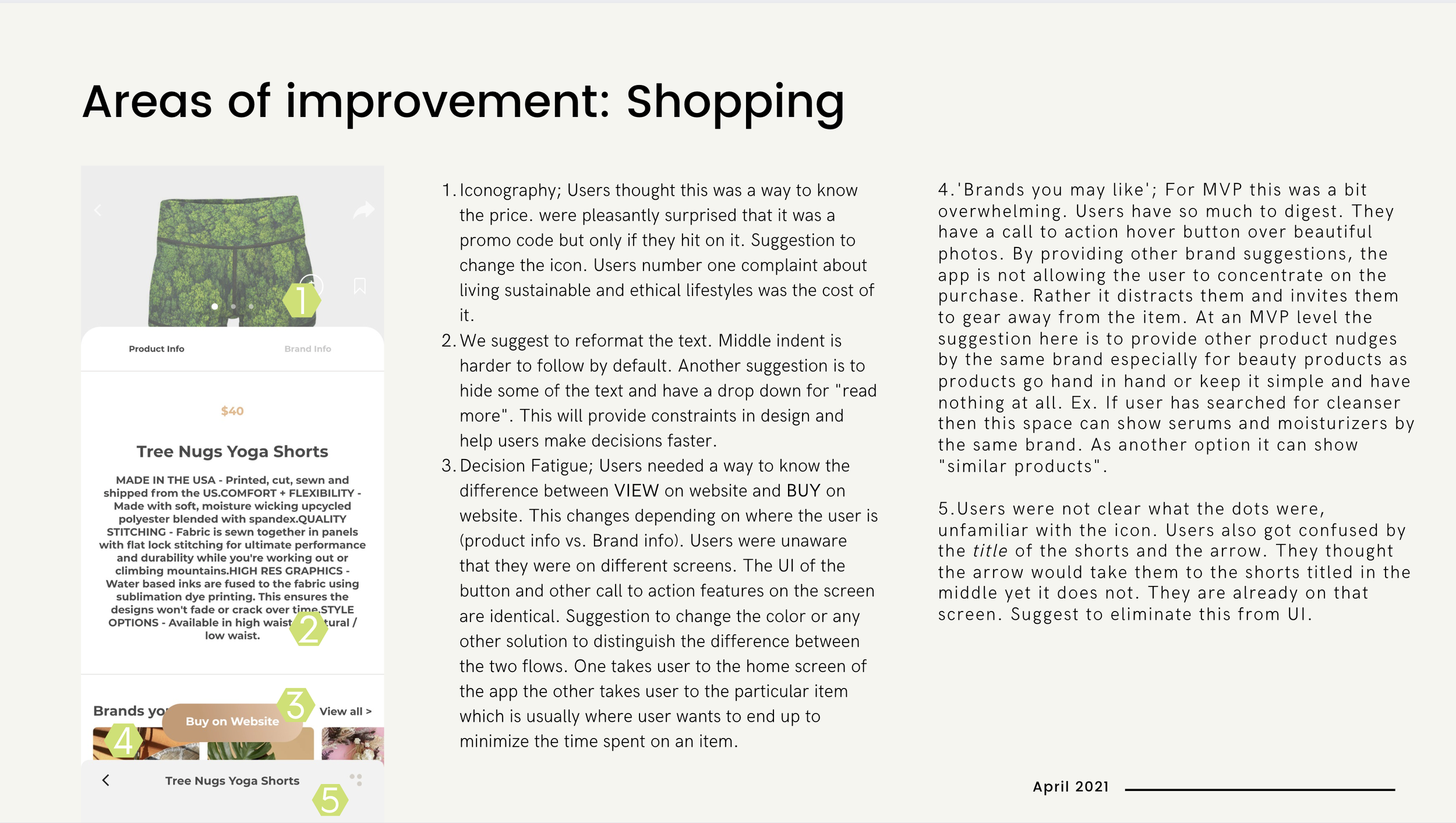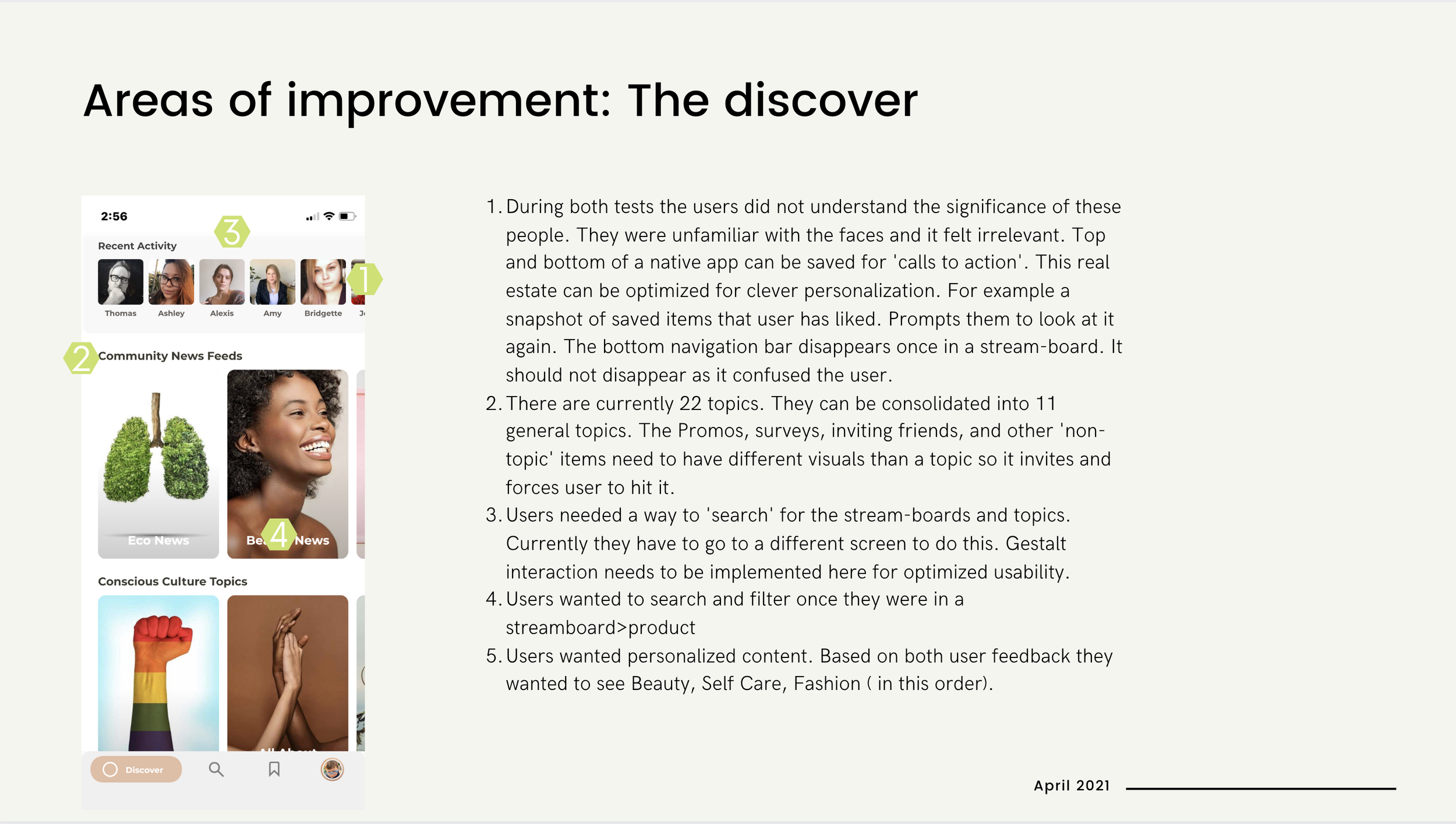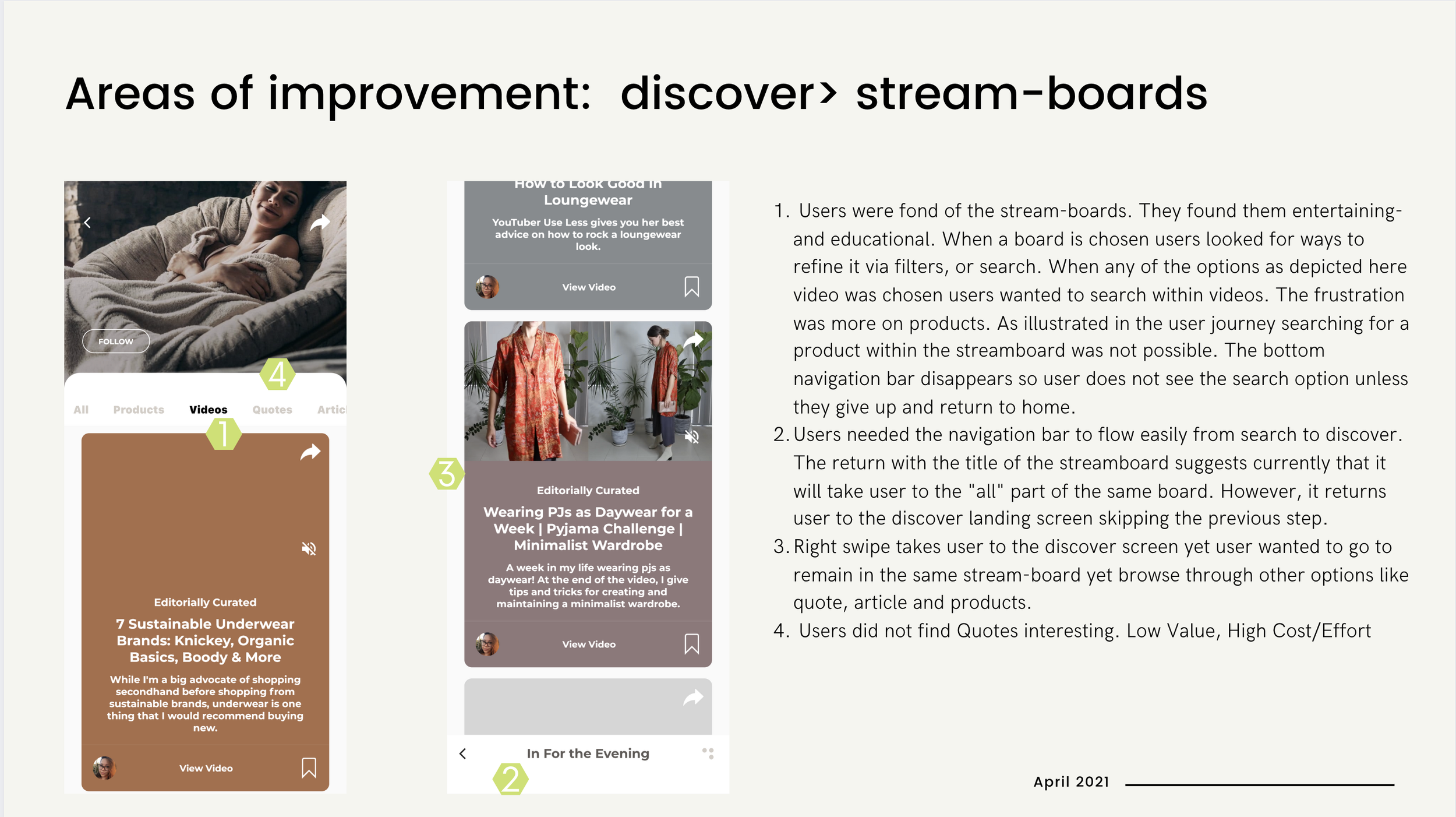GoodHuman
Feel Good Shopping
Project Overview
GoodHuman is a platform committed to advancing ethical and sustainable living. Users can discover and shop sustainable brands seamlessly through the app, making it a convenient one-stop destination for environmentally-conscious consumers. Recognizing the need to enhance user engagement and conversion rates, the owners sought to understand the underlying pain points of their audience. Despite experiencing high traffic, they observed low engagement levels. To address this challenge, they tasked us with devising a research plan to uncover the root cause of the issue.
Research timeline
PHASE 1 ONBOARDING
Learning and understanding the core of the business and the MVP. Gathering and studying current data in order to implement the adequate methodology to obtain validity of study.
PHASE 2 METHODOLOGY
Plan and Implement the Usability studies with a dry run cohort and conduct interviews with current users of the app.
PHASE 3 ANALYSIS
Synthesizing results several using affinity diagrams and user journey maps. Extracting personas from the studies conducted.
PHASE 4 CONCLUSION
Conclusion of the study. High level solutions and suggestions.
Fase 1: Onboarding
It started with a problem
Problem: What we wanted to solve
The users download the app, use the app but do not stay long.
The users do not return to the app
The MVP to be determined and fine tuned
The Personas to be determined
Hypothesis: What we wanted to validate or invalidate
Is the app first and foremost a shopping platform where carefully curated sustainable/ethical brands are brought to you in one place? Is this what the users think it is and is this whats bringing them to the app?
Is it a community app of all things sustainable and it has a shopping aspect to it.
Are users more likely to use the features if it can be easily done and if it's more intuitive?
Would retention rate increase if the app was remedying their struggles.
Objectives: Main questions we wanted an answer for
What do users want when it comes to discovering, saving, sharing and buying sustainable and ethical products?
What is the main cause(s) of the low retention rate on the app. Is it the MVP or is it the usability?
Does community play an important factor in increasing the retention rate?
Phase 2: Methodology
Usability Studies
Usability studies were based on 7 individuals mixed men and women. Mostly millennials and some GZers. Usability test was conducted to gain insight on the learnability, findability, errors, and intuitive use of the app.
User Interviews
User interviews were conducted with two cohorts. One cohort was engaged in the product and the second cohort had the intention to use the GH app but did not use the app very much or at all.
-
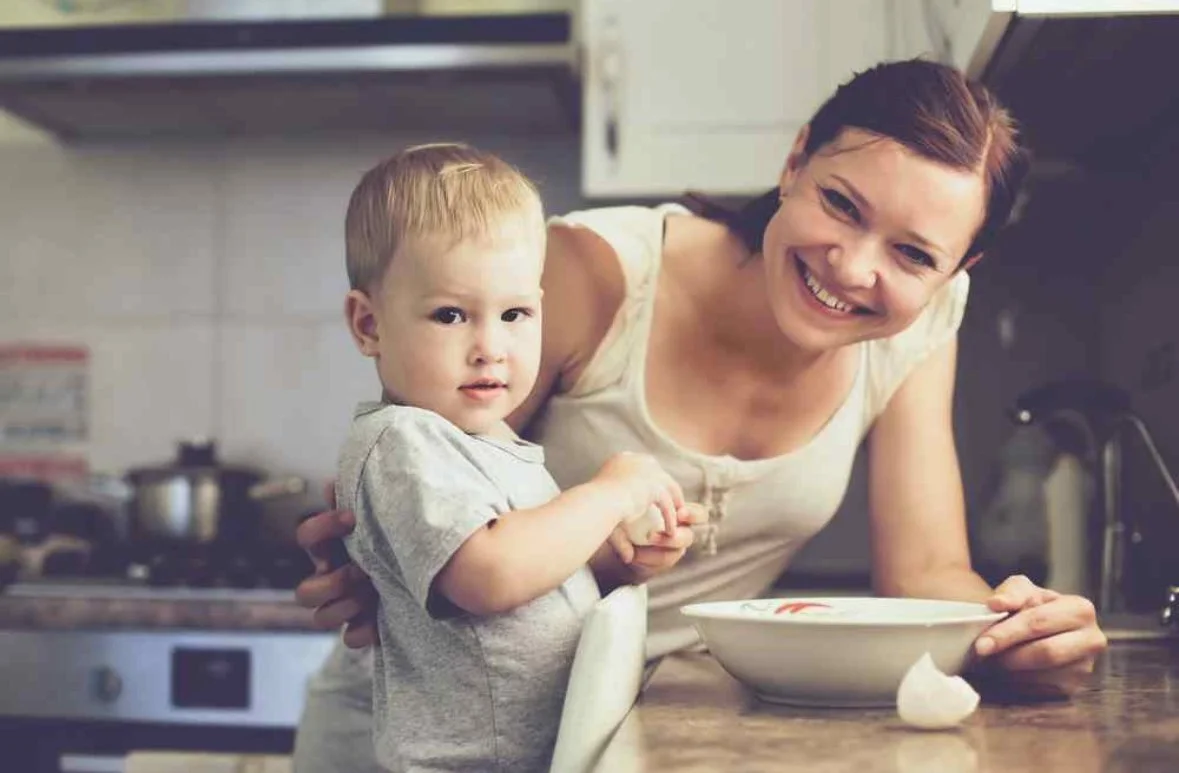
Persona 1 Millennial Extremes
Kayla: Cares for the future generation. She is settled down has a child and a family. She works in sustainability. She is extremely conscious of sustainable and ethical lifestyle. She does her best to keep her carbon foot print down and is always looking for ways to waste less. Her struggle is maintaining this lifestyle as it is financially difficult.
-
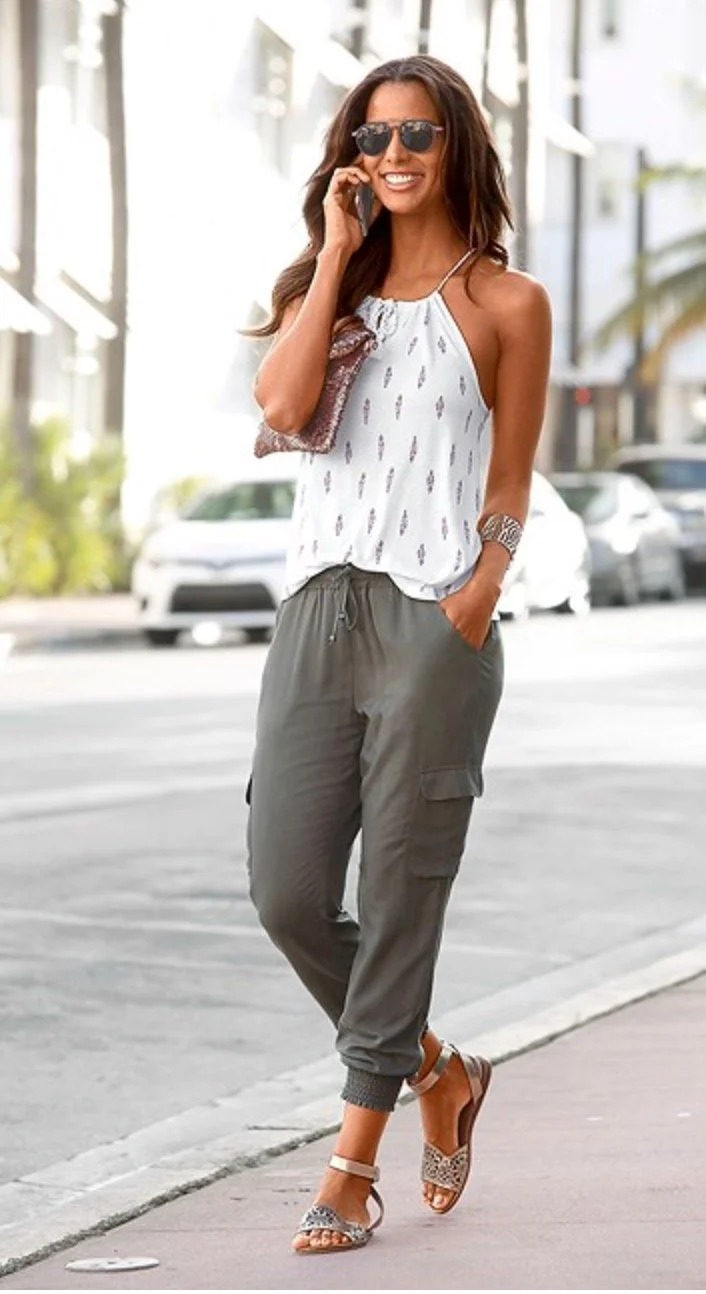
Persona 2 Millennial Mainstream
Sienna is 33 years old. She is trendy. Does trend diets and uses clean beauty brands. She is a heavy App user and online shopper. She is into health, beauty and wellness. She is very active on social media. travels and has a professional job. She would like to live more sustainably and is just starting to educate herself in the filed of sustainability.
-
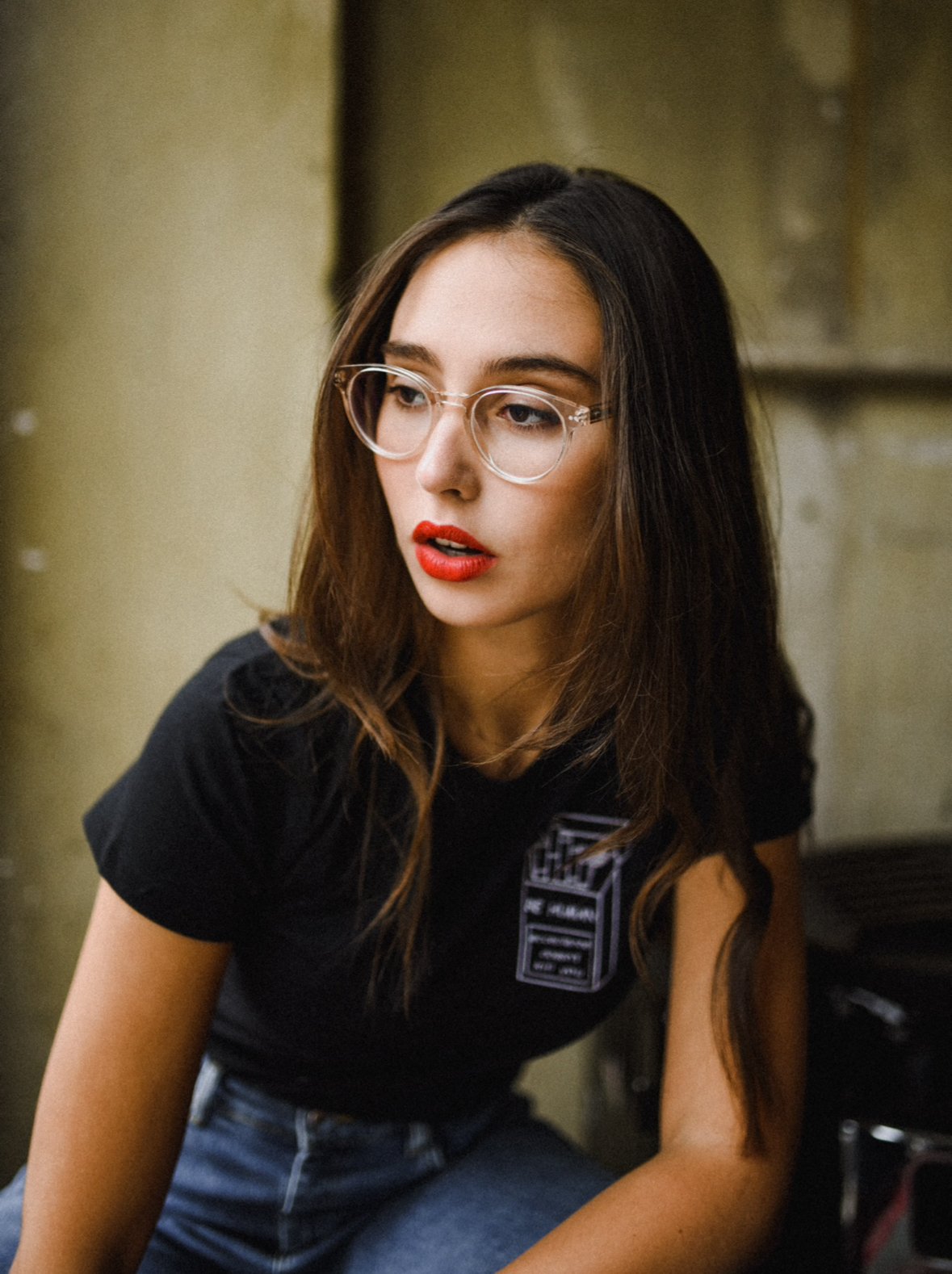
Persona 3 GenZ
Saje is 21. She/Her. A student. Active member in university clubs. Discovers brands via instagram. Conducts digital research before she buys anything. Only buys clean self-care and beauty products. Self educated. Cares about gender equality, gun control, and making America green again. As a student its expensive to shop sustainably.
Phase 3: Analysis of the Study
Data Analysis Methods
Step 1
-Usability tests are written out in Miro
-Affinity Diagram is created by extracting common attributes between the 7 participants
Step 2
-Created 4 strong user journeys through evaluation of the interview Q&A.
- Mapped out 4 User Journeys from both tests that depict the significant pain points and win points of the app.
Step 3
Usability test results and User Interview answers are triangulated to create a full understanding of the apps' strengths and weaknesses.
Journey Maps
Usability Testing Scores
Phase 4: Conclusion & Findings
Main Questions We Wanted an Answer For
-
What do users want when it comes to discovering, saving, sharing and buying sustainable and ethical products?
Participants highly use the saving feature. They create lists to come back to. The sharing was difficult for them to find but the feature was highly needed. When it comes to buying interior and exterior features played a role. External factors were financial and internal were usability of the app.
-
What is the main cause(s) of the low retention rate on the app. Is it the MVP or is it the usability?
100% of the participants came to the app for the shopping and brand awareness aspect. So the MVP is not the reason for the low retention rate. It is the usability.
The Shopping loop does not close. The user does not experience shopping therapy. The curation is expensive, after much searching stock is not available, shipment is expensive or other logistical external factors played a role in closing the loop. get in the way. Users see this app as a shopping app. Yet the shopping experience is not optimized specifically for skin products
-
How does community play factor in increasing the retention rate?
Participants wanted to share with their own circle, and read what others on the app had to say yet not necessarily be connected to one another.
Significant MVP findings
We came to the conclusion that the extremists are frugal, they are second hand shoppers on fb marketplace, posh-mark etc. however, they cannot do this with skin care, self care and beauty. So they come for the articles, videos and beauty segment of the app.
The glue for this cohort is an optimized discover screen with personalized articles and an optimized shopping experience of beauty and self care.
For the mainstream users (target audience), the shopping and only the shopping experience needs to be enhanced as it will turn them (become sustainably conscious consumers.)
Both demographics cared a lot about clean beauty and self care products. This is the common denominator item between both mainstreamers and extremists. Therefore the shopping experience of these items is integral on the MVP to increase retention rates.
Significant Feature discoveries
Last but not least
We concluded the project by conducting a comprehensive UX/UI review of the application. We identified areas for improvement, drawing from both our research findings and past experiences.



